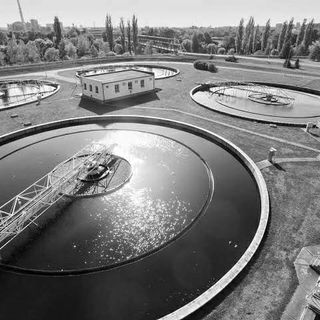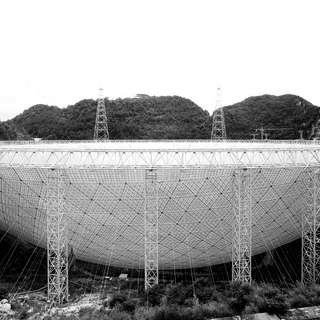Scientists have discovered microbes in deep ocean sediments off the coast of Japan, in temperatures far higher than the boiling point of water and under extremely high pressure — expanding scientific understanding of what kinds of environments can support life.
“We found chemical evidence of the organisms’ use of organic material in the sediment that allows them to survive. … This research tells us that deep sediment is habitable in places that we did not think possible,” study author Arthur Spivack, a professor of oceanography at the University of Rhode Island, in the U.S., told the media.
Published in the journal Science, the study focused on the Nankai Trough, which is located south of the Nankaidō region of Japan’s island of Honshū. There, in 2016, the researchers drilled a hole of 1,180 meters to reach deep ocean sediments with a temperature of 120 degrees Celsius. They then collected samples and examined them for evidence of metabolism. Their findings were published last month.
Related on The Swaddle:
Scientists Discover 30 New Species of Marine Life In The Galapagos
The environments in which the scientists found evidence of life is not just harsh because of the extreme temperature and pressure (which increases steadily with depth), but also because of the scarcity of oxygen, which decreases as one descends deeper into the ocean.
“The findings of our expedition are surprising. They show that at the lower boundary of the biosphere lethal limits coexist with opportunities for survival. We didn’t expect that,” Verena Hauer, co-chief scientist at the Center for Marine Environmental Sciences in Germany, who was involved in the study, said in a statement, adding: “And that is fascinating. Every new hole opens a window to new knowledge.”
While this discovery is exciting on its own, Spivack notes these findings raise the possibility of life in environments hitherto considered inhospitable on other planets as well.




